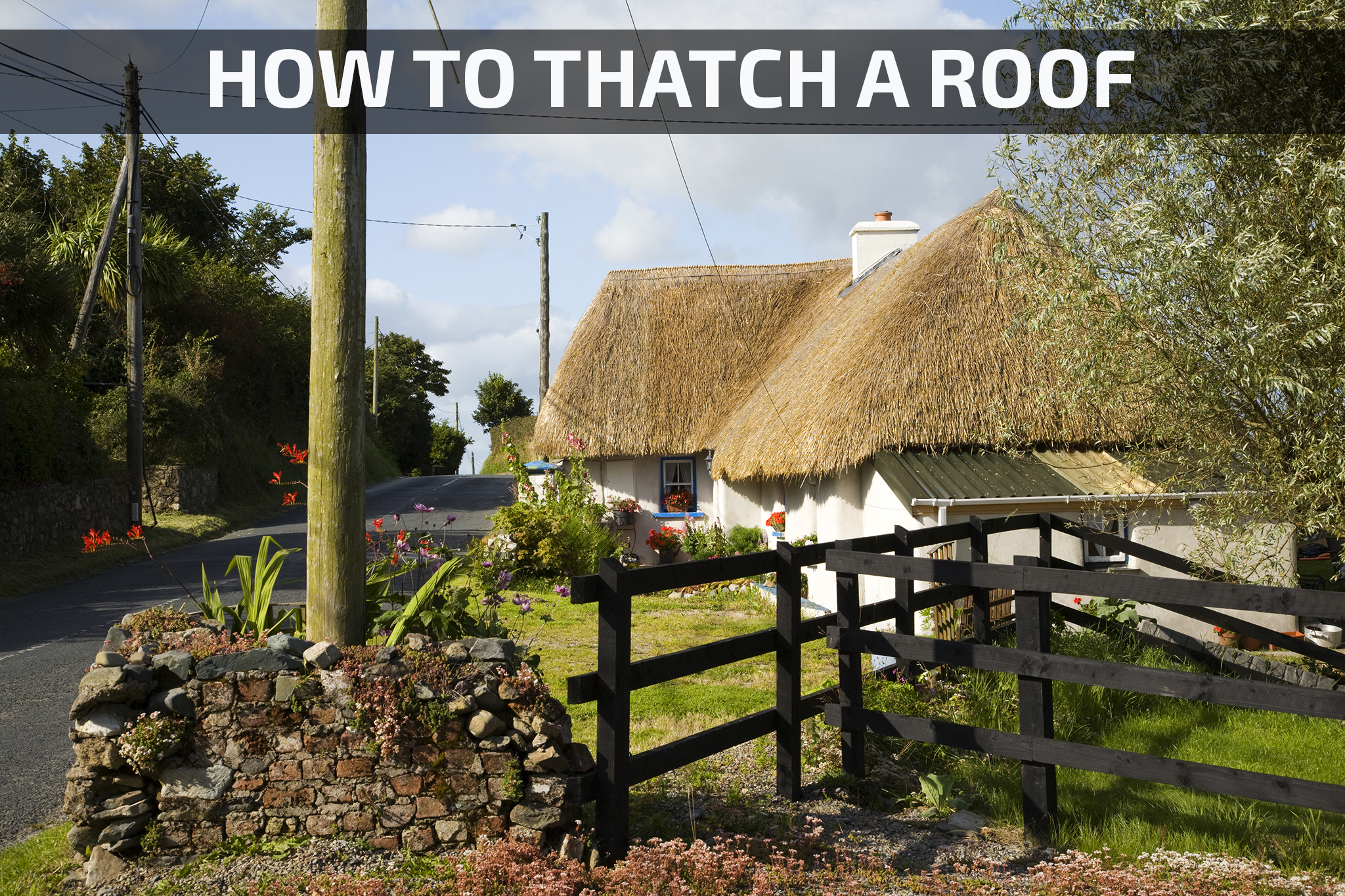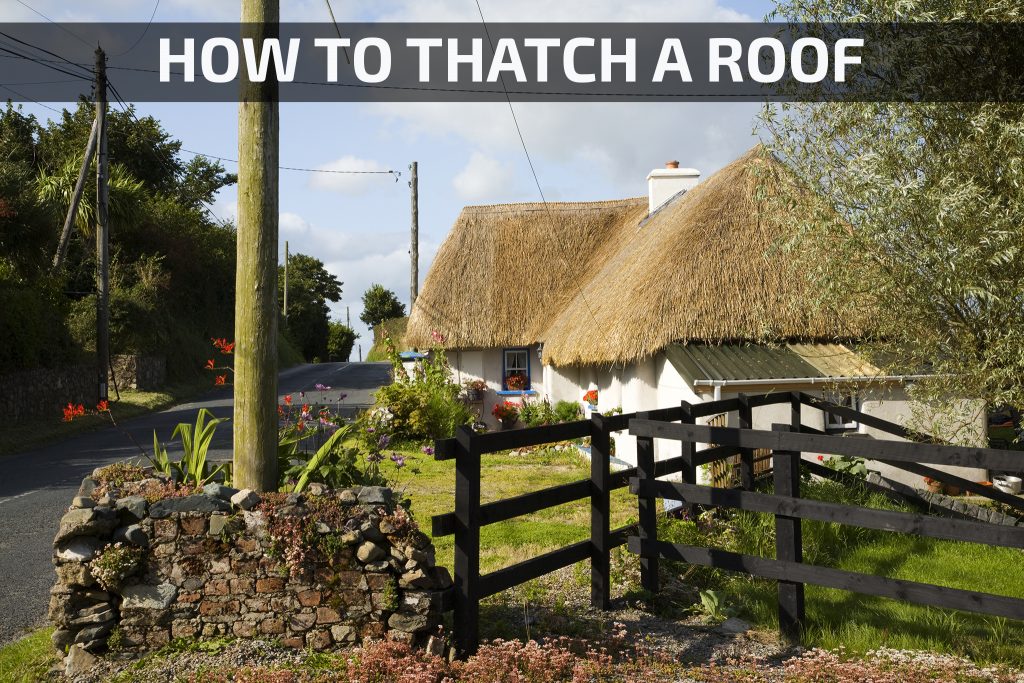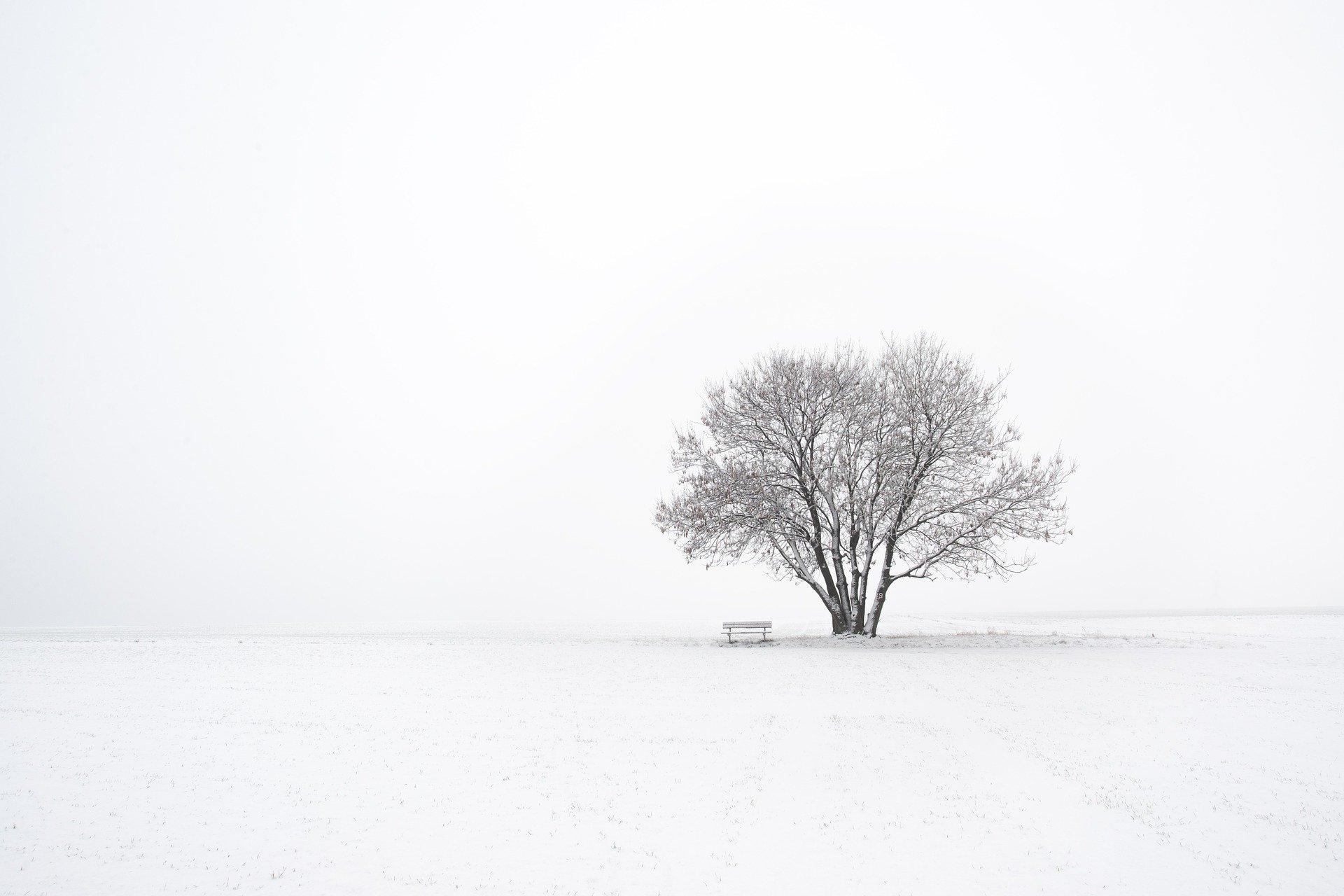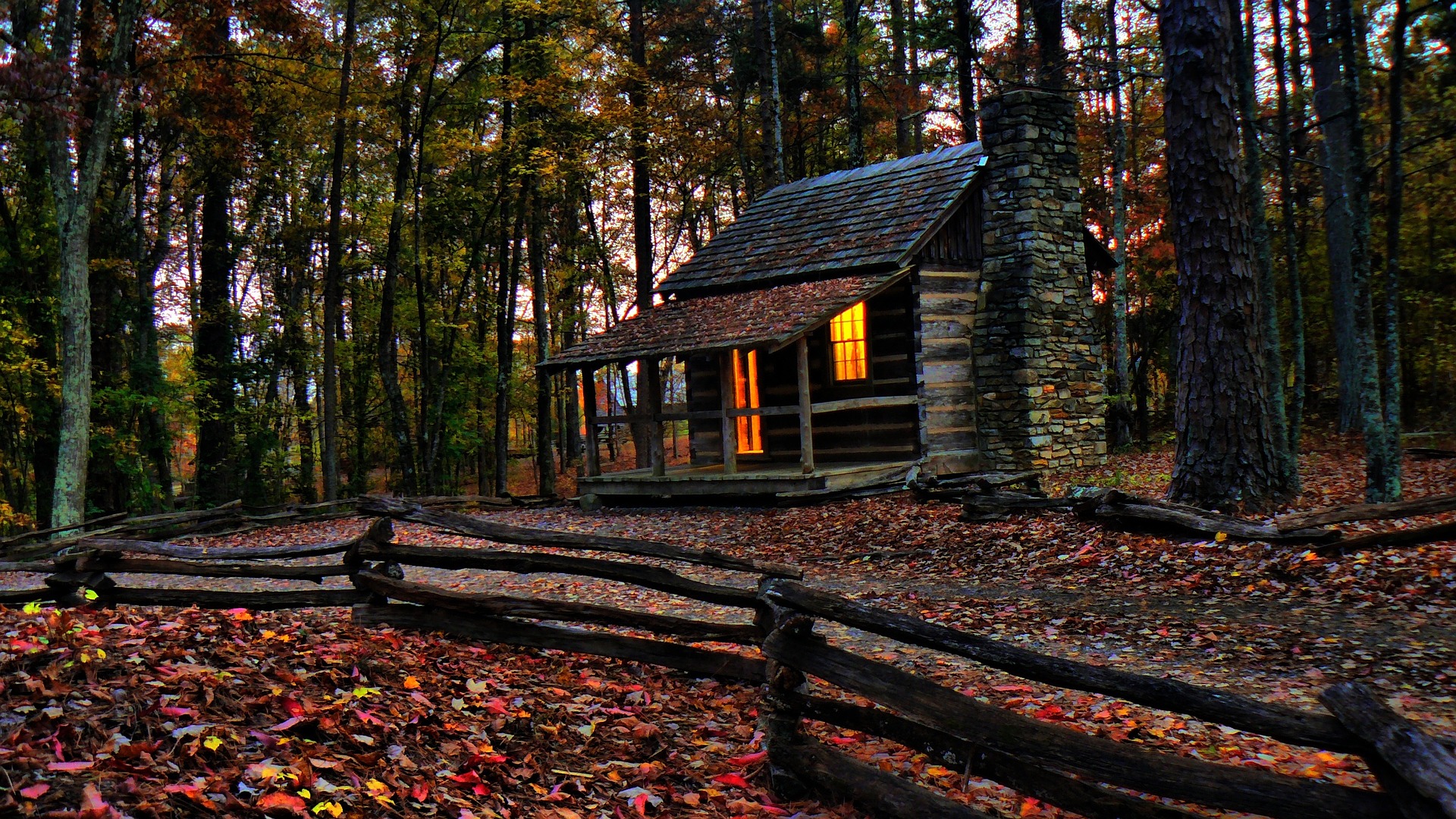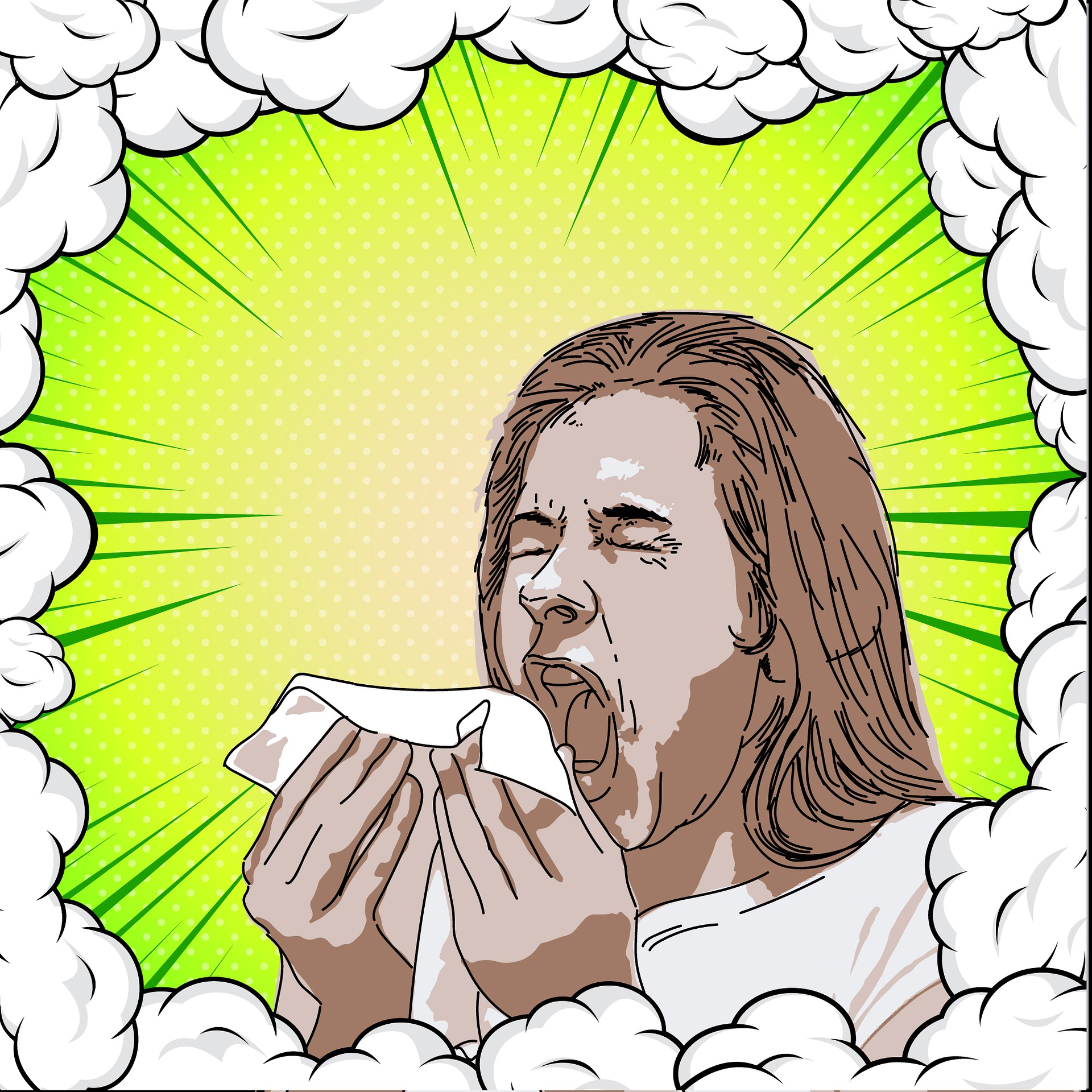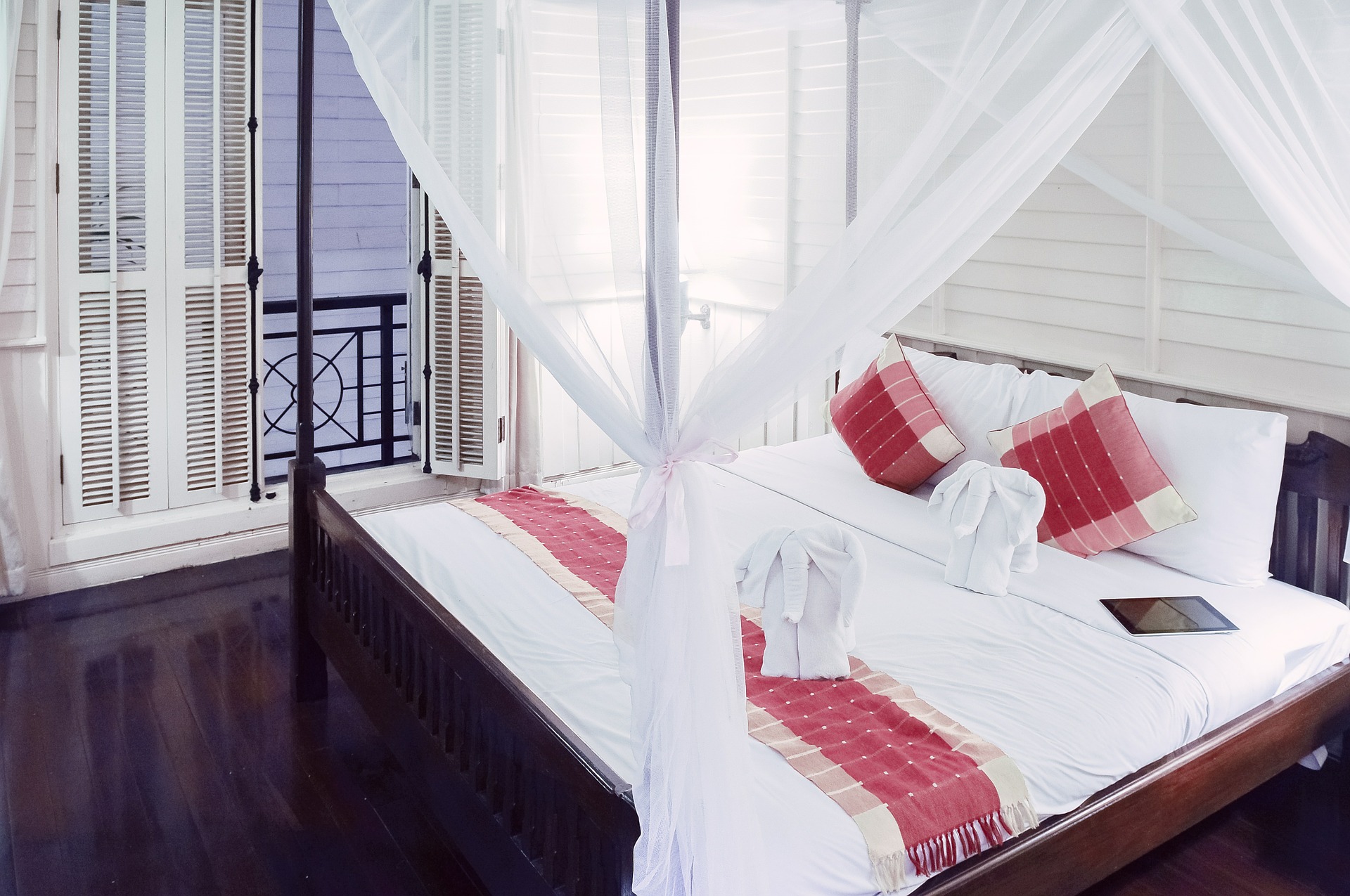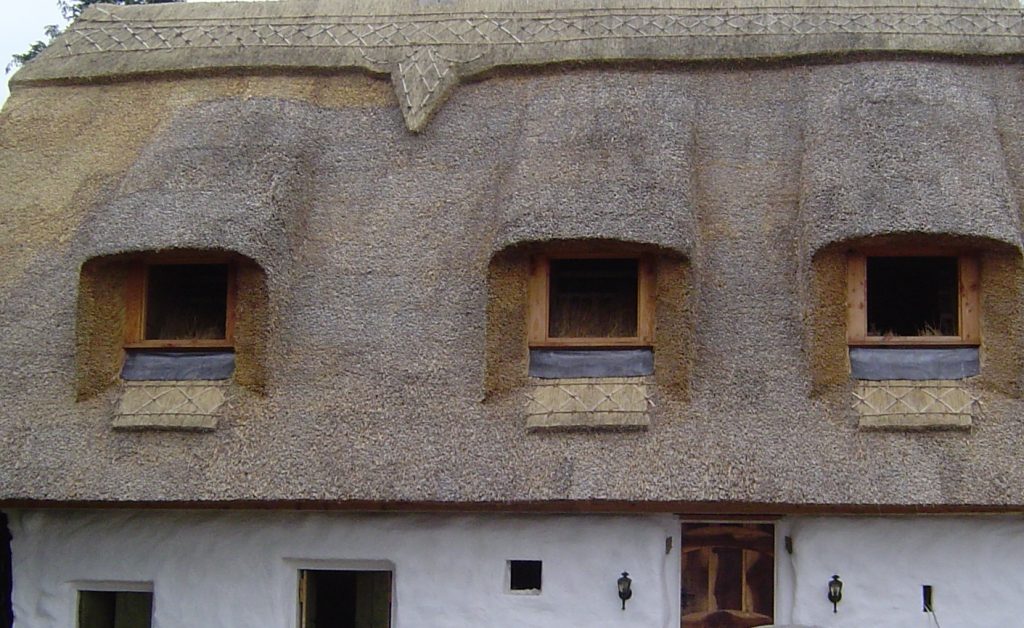Roof Thatching is an age-old tradition
Thatched roofs are a common sight in the countryside. It is a trade that goes way back, but is still very much alive today. In many cases, the art of thatching is a family tradition. Thatch roofing involves using dry vegetation such as straw or water reed to form a water tight covering on a roof.
Thatched roofs throughout history
This method of roofing goes way back to ancient times when indigenous races such as the Aztec or the Mayans used it, along with the Neolithic people of Europe. In many equatorial countries many still use this type of roofing. Although, across the rest of the developing world it has been predominantly replaced by slate or tiles.
However, in rural villages and across the countryside many of the old cottage owners are opting to retain their straw roofs. Some are even willing to pay handsomely to have them restored by master thatchers. Even newly built rural homes are choosing to have their roof thatched rather than use modern roofing techniques.
The art of the Master Thatcher
The art of thatching a roof is not as easy as you might think. It’s a skill that takes years of practice to perfect. Often this skill is passed down through the generations, and most skilled craftsmen learn the trade from a family member.
RJ Wright and Son are Master Family Thatchers that have been practicing their craft in Somerset and Southwest England since 1781. Their work spans 8 generations. The family farms and harvests all of the materials they use themselves. This way they can ensure the conservation of nature and minimal disturbance to the earth and local wildlife.
In this YouTube video for Woodlands TV, Dickie Wright explains the key elements to thatching a roof. Watch as he demonstrates his skills at the Royal Bath & West Show.
